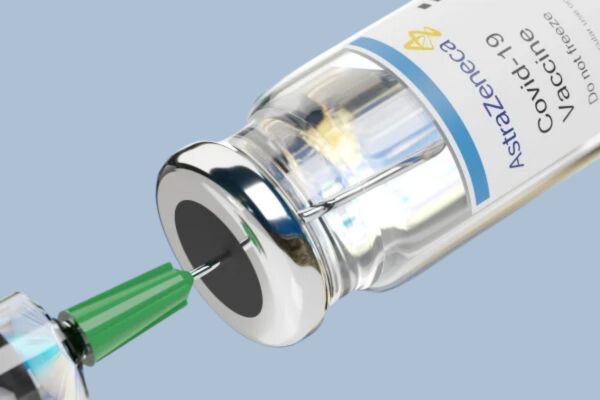Increased physical activity and a higher BMI can combat lung function deficits in early childhood, according to a study published in the journal Thorax. The research, conducted by the Barcelona Institute for Global Health, analyzed data on 1,151 children and adolescents aged 4-18 years.
The study revealed that higher levels of physical activity between the ages of 4 and 7, as well as a higher BMI at age 4, can contribute to increased lung function growth. This research is crucial as the decline in lung function during childhood is a risk factor for chronic respiratory diseases in adulthood.
Sarah Koch, a researcher at ISGlobal, highlighted the significance of the findings, stating, “Low lung function in early childhood does not automatically lead to poor lung function in early adulthood. Accelerated growth can help recover early-life deficits and result in normal values in adolescence.”
Using spirometry to assess lung function, the researchers emphasized the importance of understanding the determinants that predict lung function growth in children and adolescents. They emphasized the need for clinical management and public health policies to promote physical activity and a healthy diet in children with low baseline lung function, suboptimal environmental conditions, or early-life allergies.
Koch underscored the importance of these interventions in enhancing respiratory health in childhood and adulthood. She stated, “This can help overcome growth limitations in lung function and improve respiratory health in childhood and adulthood.” This study sheds light on the significance of lifestyle factors in combating respiratory issues from an early age.

 Unlocking the Benefits of Medicare Part D Plans for 2025
Unlocking the Benefits of Medicare Part D Plans for 2025 Comparing Ascoril D Plus with other cough syrups and expectorants on the market
Comparing Ascoril D Plus with other cough syrups and expectorants on the market AstraZeneca’s Covishield To Cause Rare Yet Serious Side Effects
AstraZeneca’s Covishield To Cause Rare Yet Serious Side Effects Reinforce Your Smile: Discover the Benefits of Hydroxyapatite Toothpaste
Reinforce Your Smile: Discover the Benefits of Hydroxyapatite Toothpaste Shilajit for Women: Balancing Hormones and Supporting Wellbeing
Shilajit for Women: Balancing Hormones and Supporting Wellbeing Learn All About Truck Accident And What a Truck Accident Lawyer Can Help
Learn All About Truck Accident And What a Truck Accident Lawyer Can Help Fever: Symptoms, Treatments, Types, and Causes
Fever: Symptoms, Treatments, Types, and Causes IIT-K and BFI collaborate to drive healthcare innovation in India
IIT-K and BFI collaborate to drive healthcare innovation in India